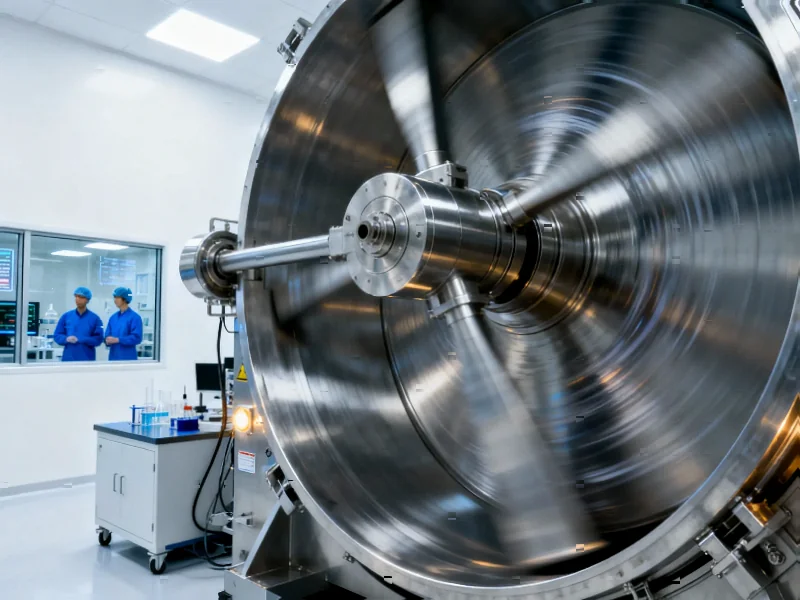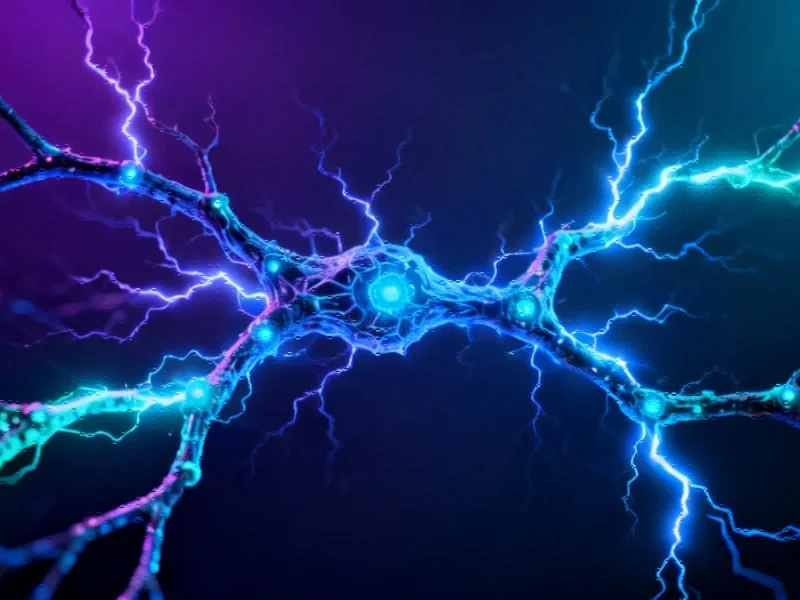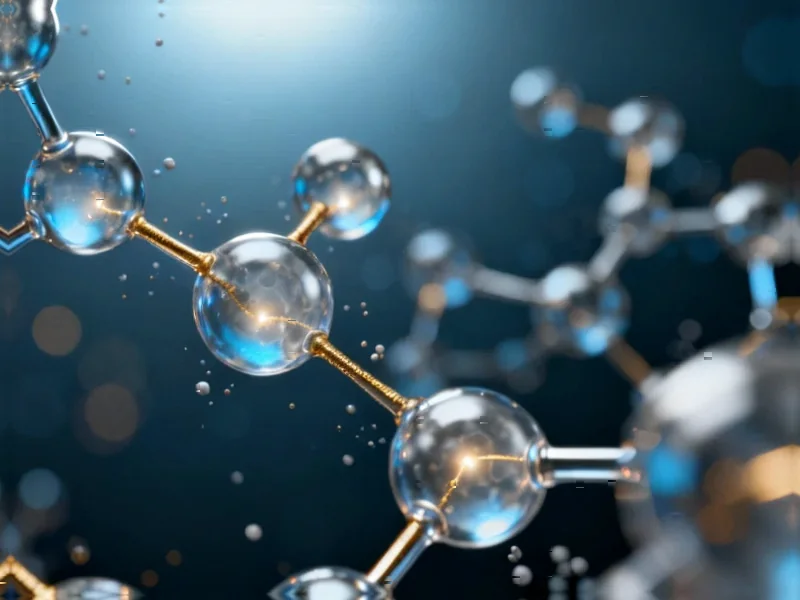Novel DNA Repair Mechanism Uncovered
Researchers have identified how specialized enzymes in human cells can replicate past carcinogenic DNA damage that would normally block replication, according to reports published in Nature Structural & Molecular Biology. The study reveals that human DNA polymerase ι (Polι) employs an alternative base pairing strategy to bypass the 1,N6-ethenodeoxyadenosine (adduct) lesion, a known cancer-causing DNA modification.
Hoogsteen Base Pairing Enables Damage Bypass
The research team discovered that Polι rotates damaged template purines into the syn conformation, allowing them to form Hoogsteen base pairs with incoming nucleotides. This rotation displaces problematic lesions into the major groove where they cause less steric interference, sources indicate. The mechanism represents a significant departure from the standard Watson-Crick base pairing that governs normal DNA replication.
Structural analysis revealed that the εdA lesion rotates about its glycosidic bond to present its Hoogsteen edge for hydrogen bonding while incoming nucleotides like thymidine triphosphate remain in the standard anti conformation. The report states this adaptation allows Polι to incorporate nucleotides opposite lesions that would otherwise stall replication.
Structural Insights from Crystal Structures
Scientists determined crystal structures of human Polι bound to template-primer duplexes with εdA as the template residue and either dTTP or dCTP as incoming nucleotides. The structures, refined at 2.3-ångström resolution, provide unprecedented views of how this polymerase accommodates damaged DNA.
Analysts suggest the enzyme’s unique architecture enables this function. “Polι has the familiar right-handed architecture with palm, fingers and thumb domains, plus the polymerase-associated domain unique to Y-family polymerases,” the report states. The enzyme creates a hydrophobic cavity that positions the εdA sugar favorably for Hoogsteen base pairing while accommodating the lesion’s protruding exocyclic ring in the major groove.
Unexpected Nucleotide Incorporation Patterns
The research uncovered surprising incorporation efficiencies, with Polι inserting thymine opposite εdA with only about ten-fold reduced efficiency compared to normal adenine. More remarkably, cytosine incorporation opposite εdA was significantly enhanced compared to its incorporation opposite non-damaged adenine.
“The efficiency of C incorporation opposite εdA is comparable to that of T incorporation opposite this adduct,” researchers noted. Structural evidence suggests this occurs because the N6 position of adenine in εdA becomes deprotonated, transforming it into a hydrogen bond acceptor that can pair with cytosine.
Two-Polymerase System for Complete Bypass
While Polι can initiate synthesis opposite the εdA lesion, it cannot complete the extension reaction, according to the findings. The study revealed that Polζ, a member of the B family of polymerases, takes over to extend primers opposite this damage, despite being strongly inhibited in initial nucleotide incorporation.
Extension by Polζ of thymine paired with εdA proved only about ten-fold less efficient than extension from normal base pairs, analysts suggest. This two-polymerase system appears optimized for dealing with diverse types of DNA damage while maintaining genomic stability.
Broader Implications for DNA Repair and Cancer
The findings have significant implications for understanding how cells tolerate DNA damage caused by environmental carcinogens and endogenous processes like lipid peroxidation. The research demonstrates how specialized DNA repair enzymes have evolved specific mechanisms to handle particular types of DNA lesions that constantly threaten genomic integrity.
This discovery comes amid other significant industry developments in technology systems. Meanwhile, advances in recent technology continue to parallel biological innovations. The computational demands of such structural biology research align with related innovations in artificial intelligence and data analysis.
As research progresses, scientists note that market trends in biotechnology continue to evolve. The complexity of these biological systems mirrors challenges in industry developments across multiple sectors. These findings contribute to growing understanding of cellular mechanisms that prevent mutations, while related innovations in data analysis continue to support such discoveries.
Future Research Directions
The research team suggests that understanding these specialized DNA repair mechanisms could eventually inform new approaches to cancer prevention and treatment. By elucidating how cells naturally bypass DNA damage, scientists may identify vulnerabilities in cancer cells that rely on these pathways to survive genomic stress caused by chemotherapy and radiation treatments.
This article aggregates information from publicly available sources. All trademarks and copyrights belong to their respective owners.
Note: Featured image is for illustrative purposes only and does not represent any specific product, service, or entity mentioned in this article.



